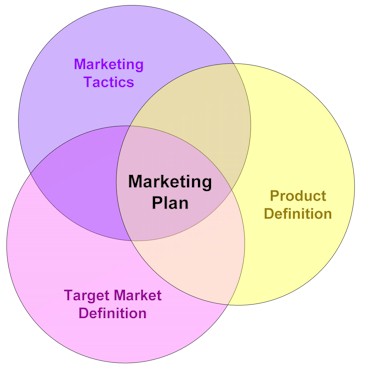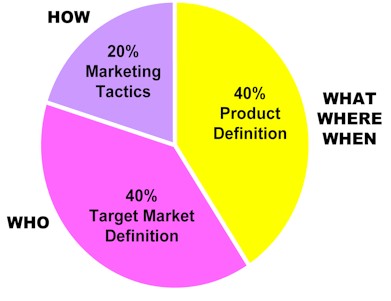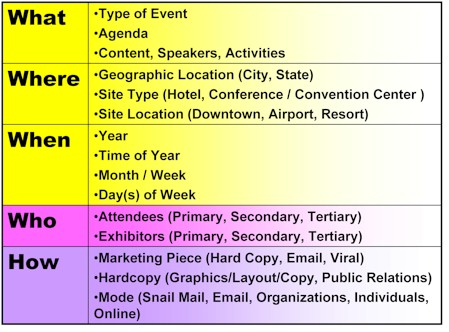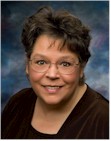|
Return on
Objectives (ROO)
27 October 2007
Goals and objectives must be
established during the initiation phase of an event project in order to design
an event that will deliver the desired outcomes, as well as the ability to
measure the achievement of those objectives, known as Return on Objectives or
ROO. ROO is an alternative to Return on Investment (ROI) when evaluating the
success of the event, although both may be used in some cases depending on the
event sponsor or host.
Jo Angela Maniaci, CMP of
Special Events Planning, LLC in St. Paul, MN, focuses on the ROO using a
40/40/20 marketing plan model when conducting a needs assessment with clients,
which she finds especially useful for first time events. This model recognizes
that a marketing plan is reliant on determining the product, its market, and the
tactics that will be used to reach the target market.

The 40/40/20 model, typical
in direct marketing, suggests that 40% of the plan's success will be dependant upon
product definition, 40% on target market definition, and 20% on the methods used
to promote the product to the target market.

Maniaci uses these as
categories to facilitate brainstorming sessions during which the typical
needs
assessment questions are considered (the 5 W’s). The 40/40/20 model helps
participants see the interrelationship between these categories, as well as see
the event as a product.

Maniaci notes:
When I work with a
planning committee, I use a white board (or, in a pinch, a flip chart). This
allows me to add many pieces that come up [and] helps bring the committee
along as they see more and more of their input added to the product they
will take with them through the planning process.
Once this model is developed, then I can add the pieces to the timeline.
Working through this
process helps build attendees and exhibitors, especially as the committee
starts to think of the primary/secondary/tertiary markets to tap/reach out
to. My truest joy is when I use it with a committee for a first time event,
then use it again for next year’s event. The committee builds each year on
the previous results, identifying additional markets to tap, speakers,
themes, locations, etc.
As with the EMBOK, all
areas influence each other. So, if you have one weak area in the matrix, the
other two falter. You can have the best conference agenda, speakers,
locations, and targeted attendees. Add to that a beautiful brochure. But, if
you don’t reach your potential attendees because of poor mailing lists
(snail mail or electronic mail), you can kiss the ROI goodbye.
Concomitantly, you can have a great part one [product definition] and some of part three (a
beautiful brochure), but if you don’t know who your markets are, then you
certainly won’t reach them.
Objectives need to be SMART (Specific,
Measurable, Assignable, Realistic, and Time-related)
in order to be properly evaluated. Just as the 40/40/20 model may be used to
define the product, target market and marketing tactics, it may also be used to
define the desired results in quantitative and qualitative terms, as well as to
devise evaluation methods for measuring the return. As the
What, Where, When,
Who and
How are being
considered, the SMART facets of the objectives should be identified,
analyzed, and clearly specified, as well as prioritized . This will lead to a
robust and effective
ROO Evaluation. |




